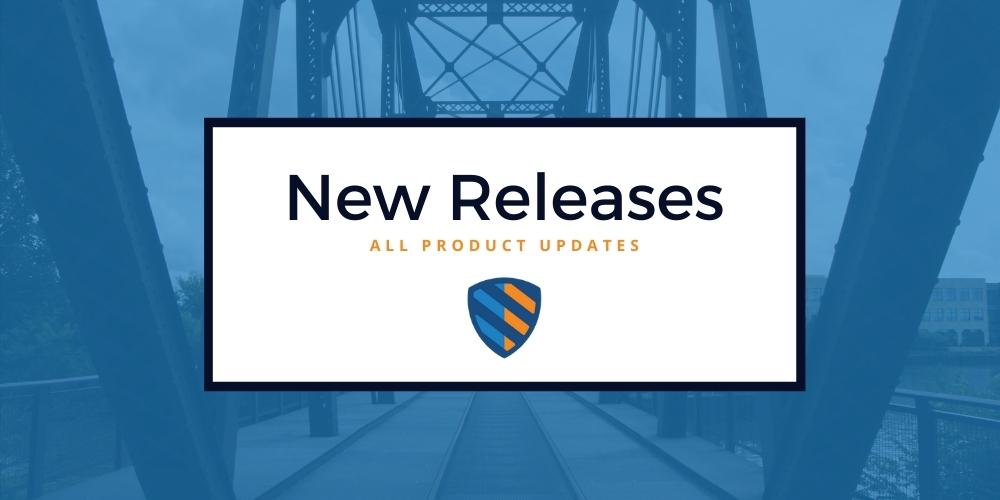
We are pleased to announce the general availability of Dotfuscator 6.4, DashO 11.2 and JSDefender 2.4 for our customers.
PreEmptive has been hard at work on the latest releases of Dotfuscator, DashO, and JSDefender. The improvements are part of PreEmptive’s strategy to continuously support all products with regular updates and new features. Headlining some of the product updates are improvements to integration and usability, and bug fixes to help ensure we keep our customers happy!
Below are the highlights of each release with links to further information such as how to access the latest version, documentation, and changelogs. Free evaluations are always available for each product.

Dotfuscator Professional protects .NET applications from reverse-engineering and hacking, using a variety of static and dynamic code transforms and injected runtime checks. Examples include symbol renaming, control flow obfuscation, string encryption, debugger detection, and tamper detection. It integrates into the development build process and operates on the .NET Intermediate Language. Dotfuscator Professional supports .NET, including .NET Core, .NET 5, Xamarin, and Mono.
The Dotfuscator Professional 6.4.0 release improves the support for default interface implementations in .NET Core 3+. Dotfuscator can now protect applications that use .NET’s default interface implementation feature, without extra configuration steps which were required before.
Additionally, the tool now provides more granular control of managed resource renaming. Users can now disable automatic resource renaming, in cases where the application loads those resources manually from strings that cannot be statically analyzed.
This version enables authenticated proxies to communicate with the PreEmptive licensing servers, which is a requirement at many enterprise customers.
The Xamarin.Android Root Check is also updated to handle new versions of Android rooting tools.

DashO protects Java and Android applications from reverse-engineering and hacking, using a variety of static and dynamic code transforms and injected runtime checks. Examples include symbol renaming, control flow obfuscation, string encryption, debugger detection, and tamper detection. It integrates into the development build process and operates directly on compiled Java bytecode.
The DashO 11.2.0 release enables Include and Exclude rules to be configured via Java Annotations and Supertypes. Rules can now match classes based on the existence of methods or fields that match the criteria.
The New Project Wizard now includes settings for generating Entry Point rules based on Java annotation based criteria, including a special set of entry points for Hibernate/Java Persistence API.
Additionally, DashO now processes compiled bytecode from Java 16 (except for the record type and the Sealed Classes preview feature).
Also, Global Processing Excludes now allows for classes to never be updated by DashO.

JSDefender protects JavaScript code from reverse-engineering and hacking, using a variety of static and dynamic code transforms and injected runtime checks. Examples include symbol renaming, control flow obfuscation, string encryption, browser-based “Dev Tools” detection, and tamper detection. It integrates into the development build process and operates directly on JavaScript code. JSDefender also supports other languages that “transpile” to JavaScript, such as TypeScript. JSDefender can protect JavaScript running in the browser, on servers/workstations (e.g. NodeJS based applications), and on mobile devices (e.g. React Native applications).
The JSDefender 2.4.0 release brought several changes to the protection runtime which makes the protected code of our customers much harder to reverse-engineer.
Also, it extends the Control Flow transform with an option called “injectFakeCode” that injects fake test conditions to the control flow statements to mislead and confuse the attacker.
Additionally, the release fixes some bugs in the error script parsing of the runtime checks and in the Control Flow transform.